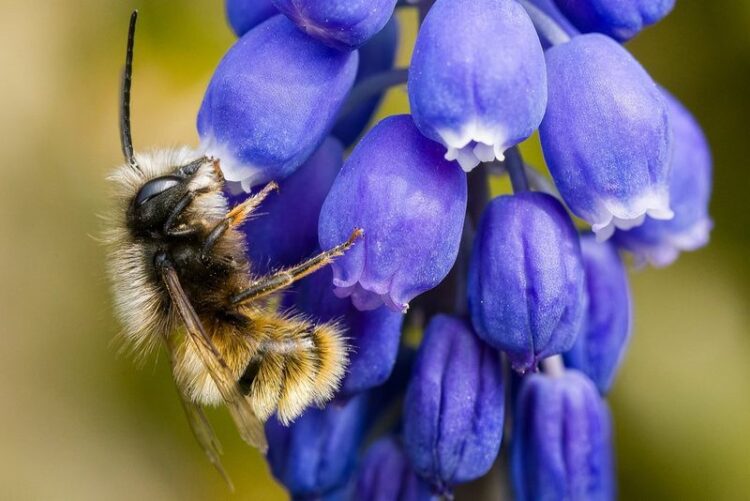The Buzz about Busy Bee Shooting: A Closer Look at the Captivating World of Macro Photography

In the vast realm of photography, macro photography stands out as a genre that invites us to explore the intricate details of the world around us. Among the many fascinating subjects, one that often captures the imagination of photographers is the humble bee. This article delves into the art and technique of capturing these busy creatures in action, known as “busy bee shooting.”
The Fascination with Bees:
Bees, with their industrious nature and vital role in pollination, have long been a subject of fascination for nature enthusiasts and photographers alike. Capturing their intricate behavior and the delicate beauty of their wings and bodies requires a keen eye, patience, and the right equipment.
Gear Essentials for Busy Bee Shooting:
Macro photography, by nature, demands specialized equipment to achieve the desired results. When it comes to busy bee shooting, having the right gear can make all the difference. A macro lens is a must-have for capturing the fine details of bees up close. Additionally, a sturdy tripod is essential for stability, especially when shooting in outdoor environments where wind and uneven surfaces can pose challenges.
Techniques for Busy Bee Photography:
- Patience is Key: Busy bee shooting requires a considerable amount of patience. Bees move quickly from one flower to another, making it essential for photographers to wait for the right moment. Settle in, observe their patterns, and be prepared to wait for that perfect shot.
- Understanding Bee Behavior: Knowing the behavior of bees is crucial for successful busy bee shooting. Bees are most active during specific times of the day, typically when the weather is warm and flowers are in full bloom. Understanding their foraging habits and preferred flowers can help you anticipate their movements.
- Use of Natural Light: Natural light is a macro photographer’s best friend. Utilize soft, diffused light to highlight the intricate details of the bees without harsh shadows. Shooting during the golden hour, early in the morning or late in the afternoon, provides a warm and flattering light that enhances the beauty of these small creatures.
- Optimal Camera Settings: Adjusting your camera settings is crucial for capturing sharp and well-exposed images. Use a wide aperture (low f-stop) to achieve a shallow depth of field, isolating the bee from the background. A fast shutter speed is essential to freeze the fast movements of the bees, ensuring sharp and focused images.
- Getting Close with Care: Bees can be sensitive to movement and noise. Approach them slowly and steadily to avoid startling them. Using the live view mode on your camera or a remote shutter release can help minimize vibrations and disturbances, allowing you to get closer for those stunning shots.
- Experiment with Composition: Macro photography offers a unique opportunity to experiment with composition. Play with different angles, perspectives, and framing to create visually compelling images. Focus on the bee’s eyes, wings, or the intricate patterns of the flowers they interact with.
Environmental Considerations:
While busy bee shooting can be a rewarding experience, it’s essential to prioritize the well-being of these important pollinators and their ecosystems. Avoid disrupting their natural behavior, and refrain from using harmful chemicals or pesticides in the shooting area. Responsible photography ensures that both the photographer and the subject coexist harmoniously.
The Role of Conservation:
Photographers engaged in busy bee shooting often find themselves becoming advocates for bee conservation. Bees face numerous threats, including habitat loss, pesticide exposure, and climate change. Through the lens of a camera, photographers can document the beauty of these creatures while also raising awareness about the importance of protecting their habitats and ensuring their survival.
Sharing the Buzz: Social Media and Beyond:
In the digital age, social media platforms provide a powerful medium for photographers to share their busy bee shots with a global audience. By sharing these captivating images, photographers contribute to a broader conversation about the importance of bees and the need for conservation efforts. The hashtag #BusyBeeShooting has gained popularity, creating a virtual community of enthusiasts passionate about macro photography and bee conservation.
Conclusion:
Busy bee shooting represents a captivating intersection of art and science, offering photographers the opportunity to explore the world of these industrious insects up close. With the right gear, techniques, and a deep appreciation for the natural world, photographers can capture stunning images that not only showcase the beauty of bees but also contribute to the broader conversation about conservation. As we peer through the lens of busy bee shooting, we gain a deeper understanding of the intricate and interconnected web of life that surrounds us.






